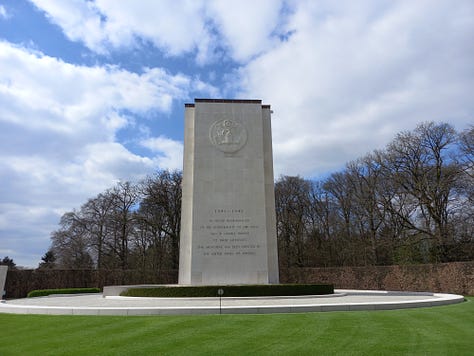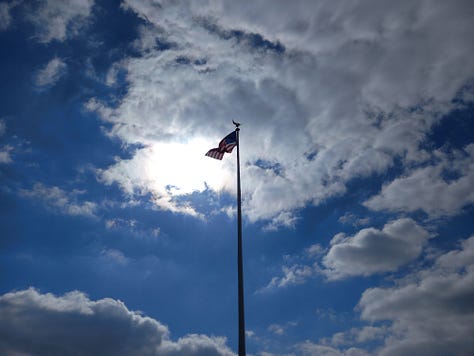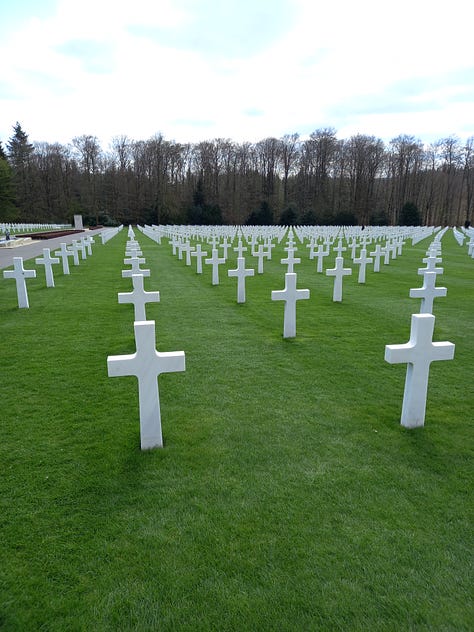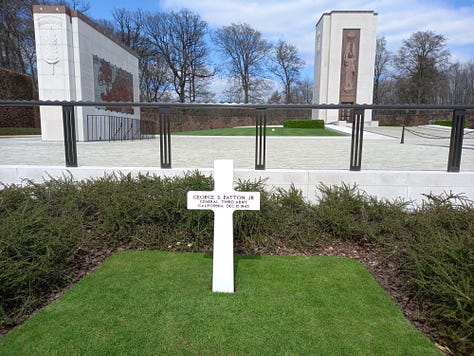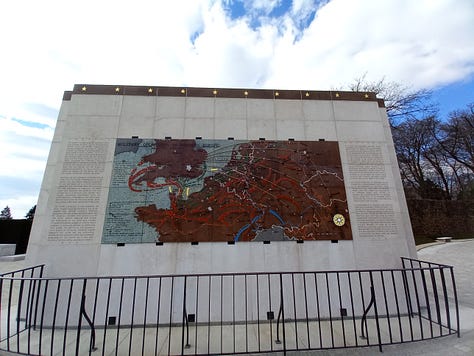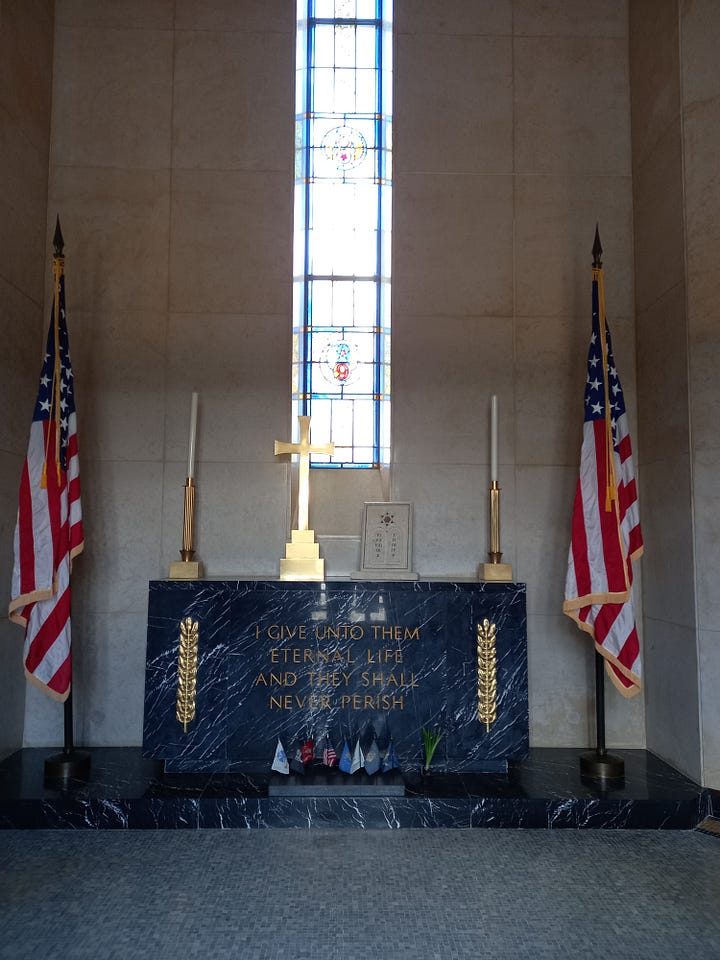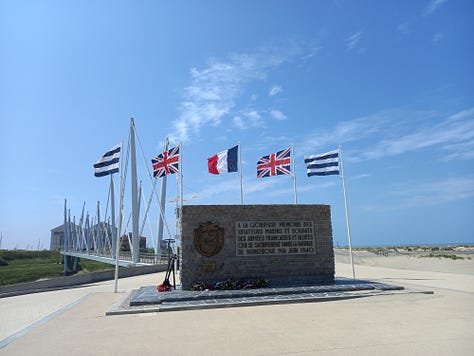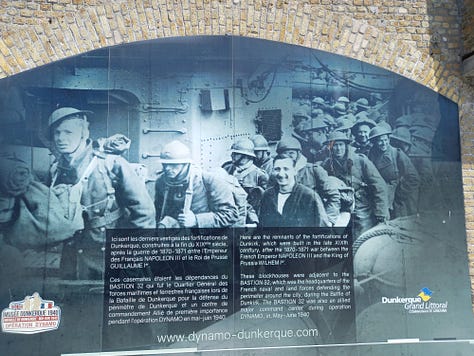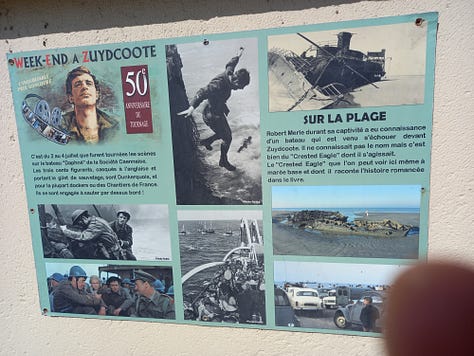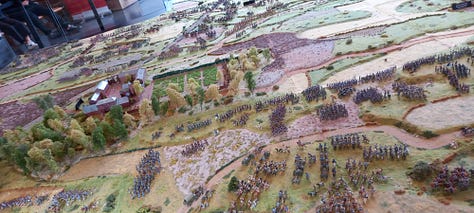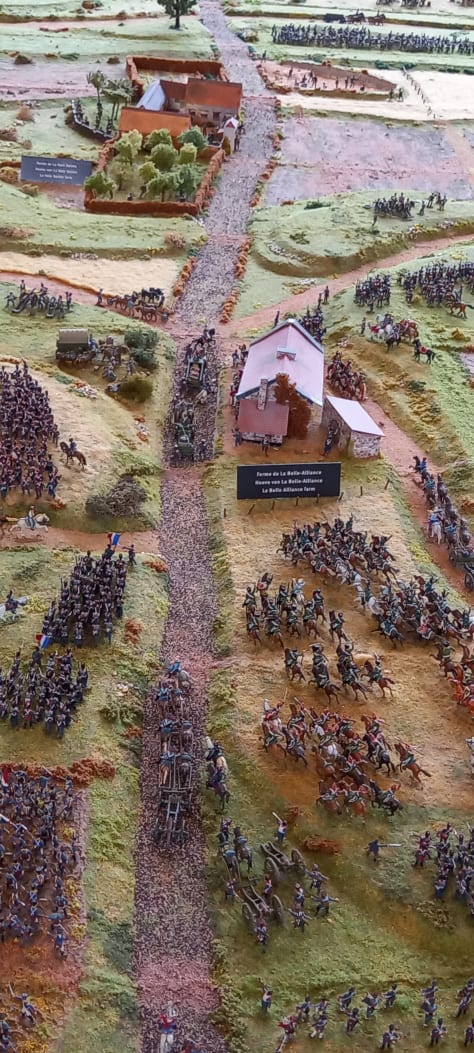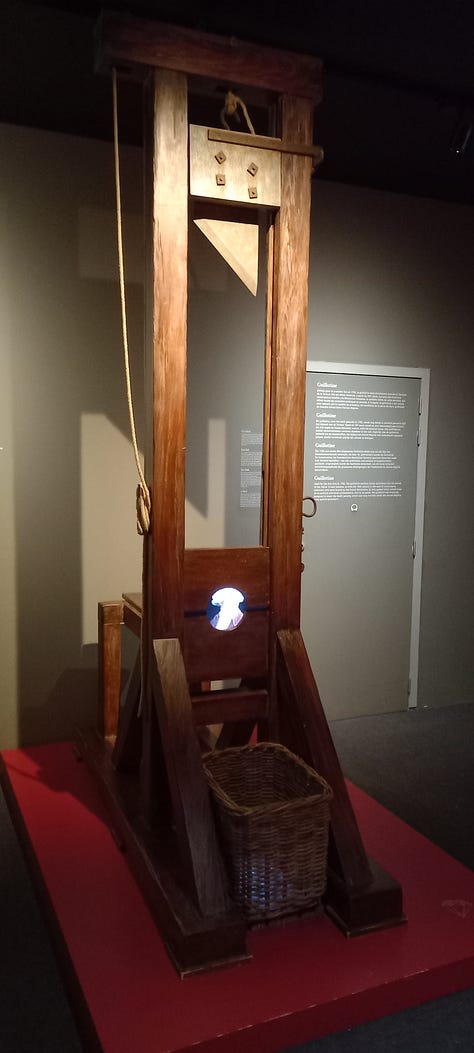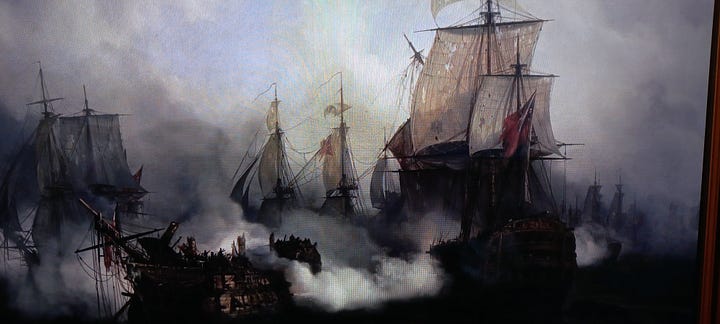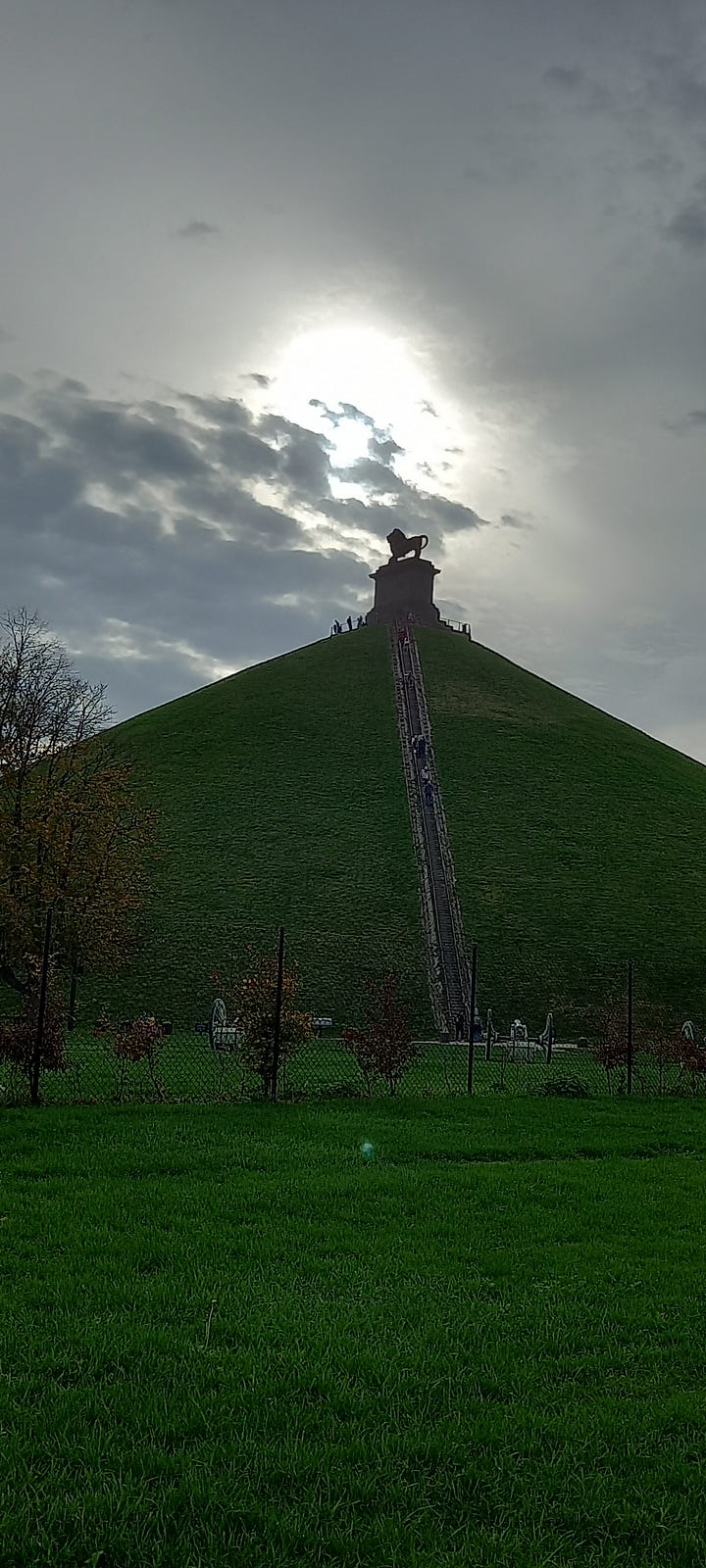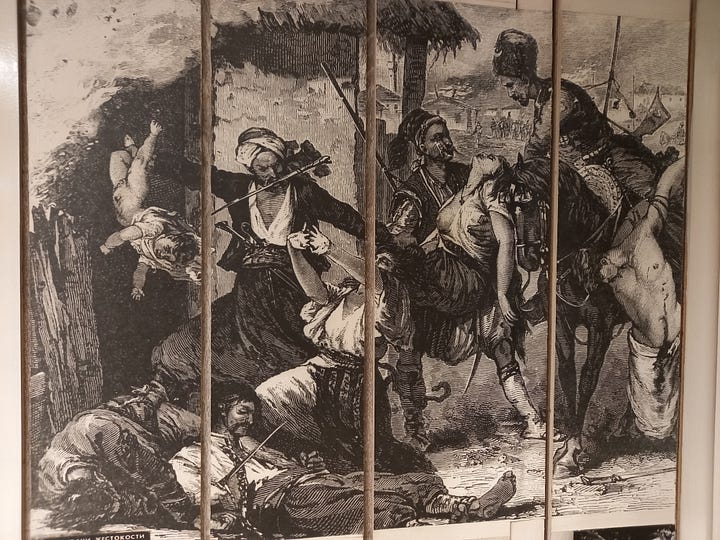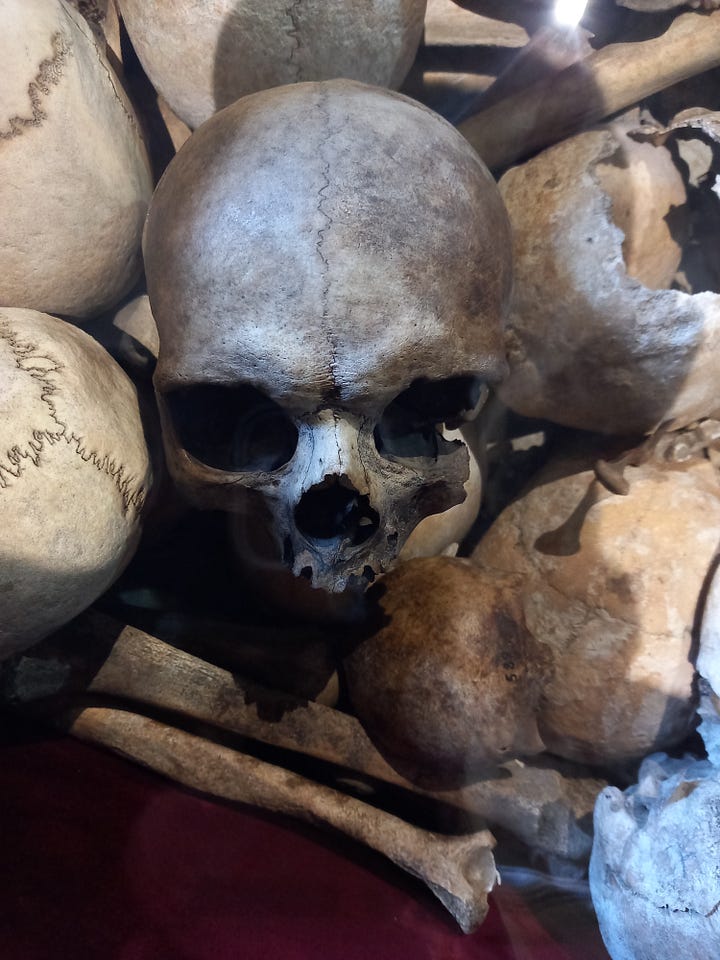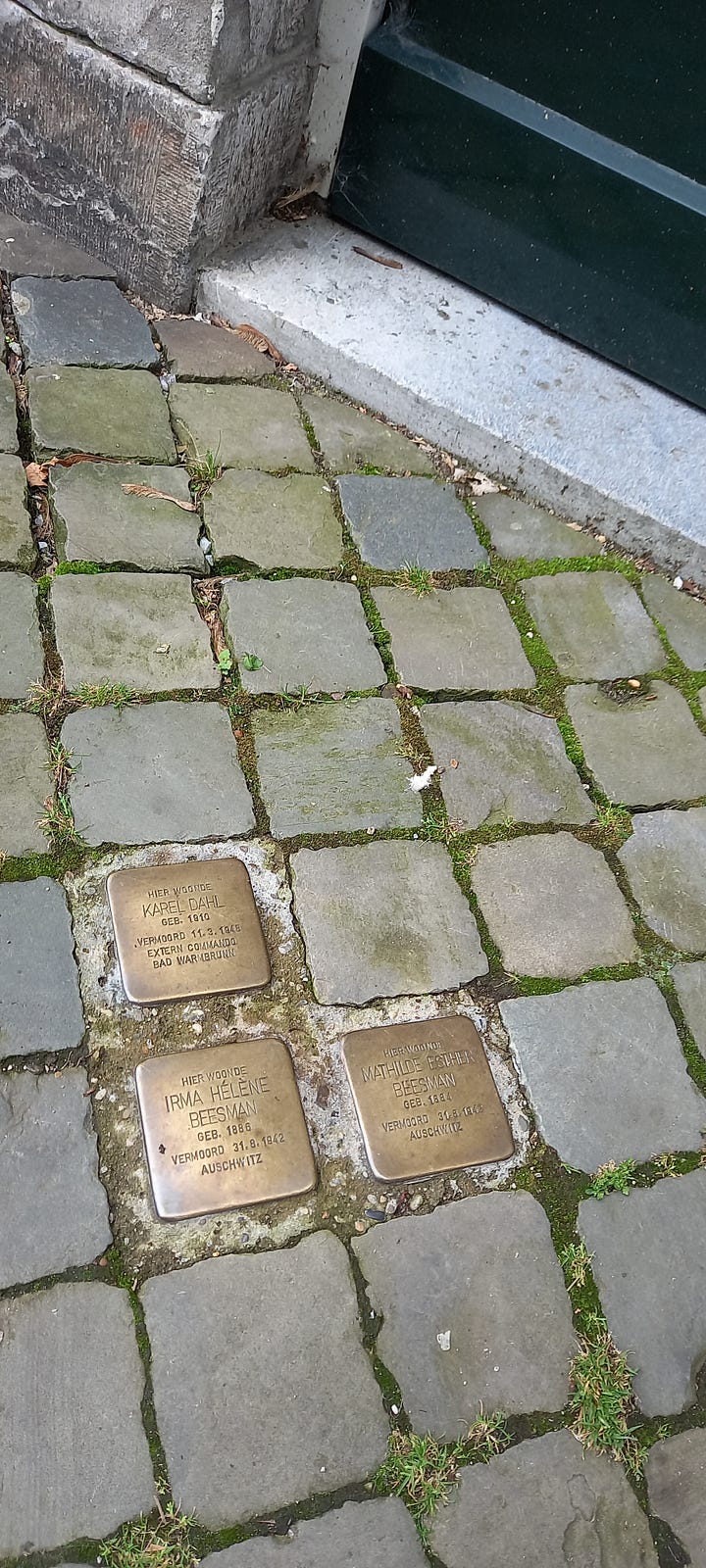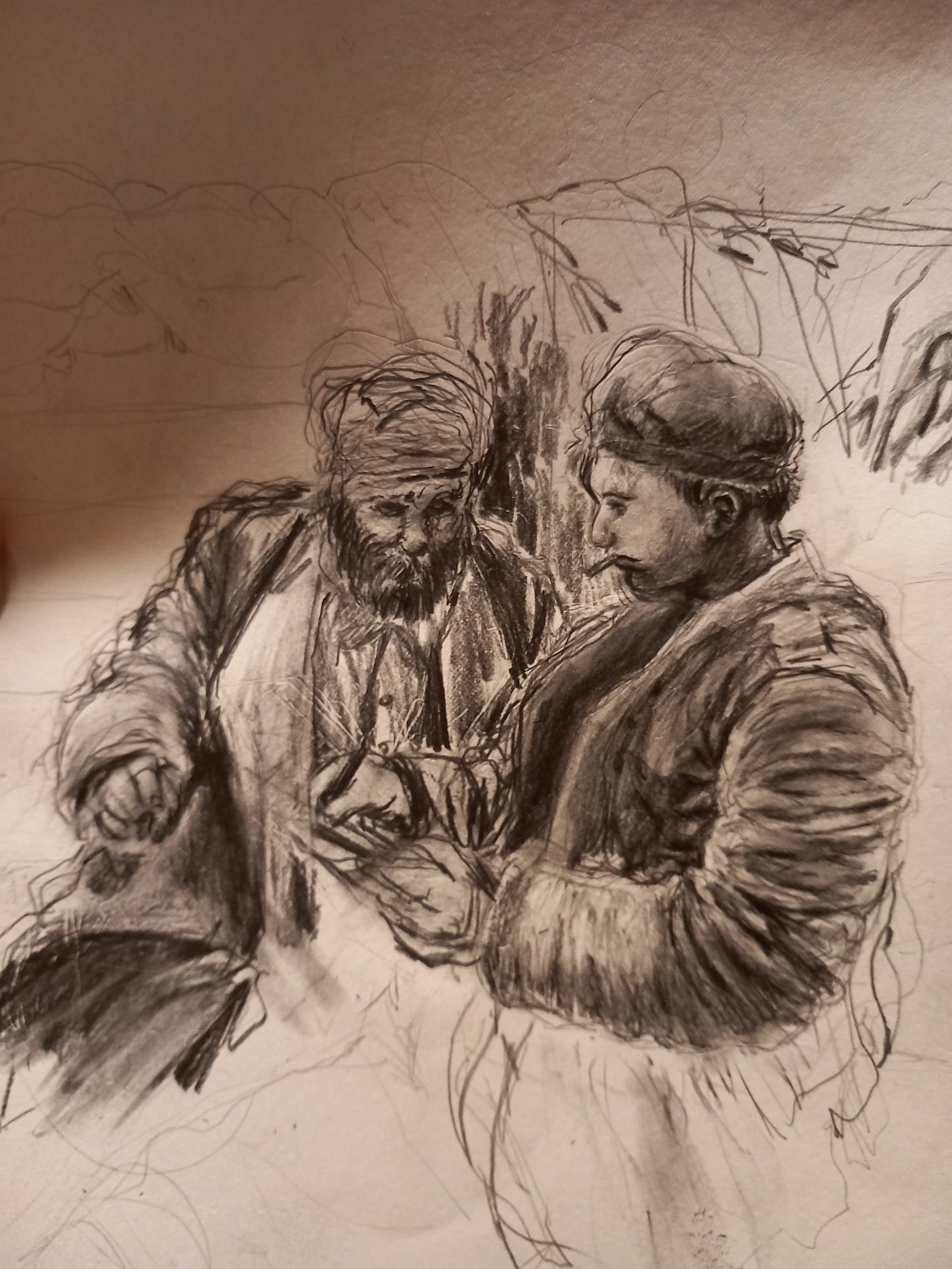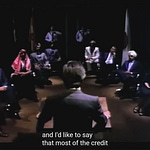The 11th hour of the 11th day of the 11th month, here I sit in somber remembrance. Imagine a Veteran from any of our past foreign wars. They went through hell on earth. Seen things of crazy only they can describe. Sadly, our Veterans are disappearing by the day. My experiences pale in comparison to the arduous trials and suffrage a troop faced in the World Wars, Korea, Vietnam, etc. And even those who face war of a different type. Wars of the mind, loss of loved ones, poverty relented from the horrors of war, etc.
For many, changing life forever—worst is the betrayal that goes along with it. Sadly, many Veterans and all those affected have been damaged in shameful puzzles beyond belief—WWI Veteran’s exposed to Mustard Gas, Vietnam and Agent Orange, Gulf War and Sarin gas—the list is long.
I “recently” went with family to the Verdun battlefield. Oh, the horror those men in those holes of mud must have faced. Along with came the advancement of man was the advancement ever continual the technology to annihilate ourselves.
Photo by Alex Lutz. Soldiers finding the treasure in the small things.
The grief of those who survived the First World War and the bitter irony of an “armistice” that didn’t end human violence. That mixture of relief, haunted memory, and dread about what comes next shaped a generation — and still matters today.
The Scale of Trauma
What veterans carried: prolonged trench combat, constant bombardment, filthy living conditions, disease, loss of comrades, and moral injury from actions they felt forced to take.
Psychological consequences: what we now recognize as post‑traumatic stress (nightmares, hypervigilance, emotional numbing), brain injuries from blasts, and long‑term depression and survivor’s guilt.
Physical consequences: chronic wounds, respiratory illness from gas, and disabilities that changed lives and families forever.
Social& Cultural Aftermath
Broken expectations: soldiers returned to societies that both celebrated their sacrifice and struggled to understand them; many felt alienated or misunderstood.
Political ripple effects: the war’s brutality fueled cynicism, radical politics, and conditions that contributed to later conflicts.
Memory and myth: literature, poetry, and art from the period record both valor and disillusionment; public rituals of remembrance grew out of the need to hold that loss.
Why the Warning Matters Now
History’s lesson: Armistice day is a reminder that ending a war on paper doesn’t erase wounds or guarantee peace.
Persistent risks: unresolved injustices, militarization, and social breakdown can turn one conflict into another if societies do not attend to root causes.
Moral responsibility: remembrance should spur care for veterans, active peacemaking, and policies that reduce the likelihood of future large‑scale suffering.
What remembrance can look like
Personal care: listening to veterans, funding mental‑health and rehabilitation services, honoring their dignity without romanticizing war.
Civic action: supporting diplomacy, conflict prevention, and addressing economic and political conditions that breed violence.
Ritual and education: quiet reflection on Armistice Day, teaching candid histories, and passing stories that keep memory alive as a restraint on repeat mistakes.
Closing Thought: The image of the eleventh hour on the eleventh day is less a final stop than a warning bell. We owe those who endured the Great War more than commemoration: a committed, humble effort to meet returning wounds with care and to make lasting choices that make future wars less likely.
